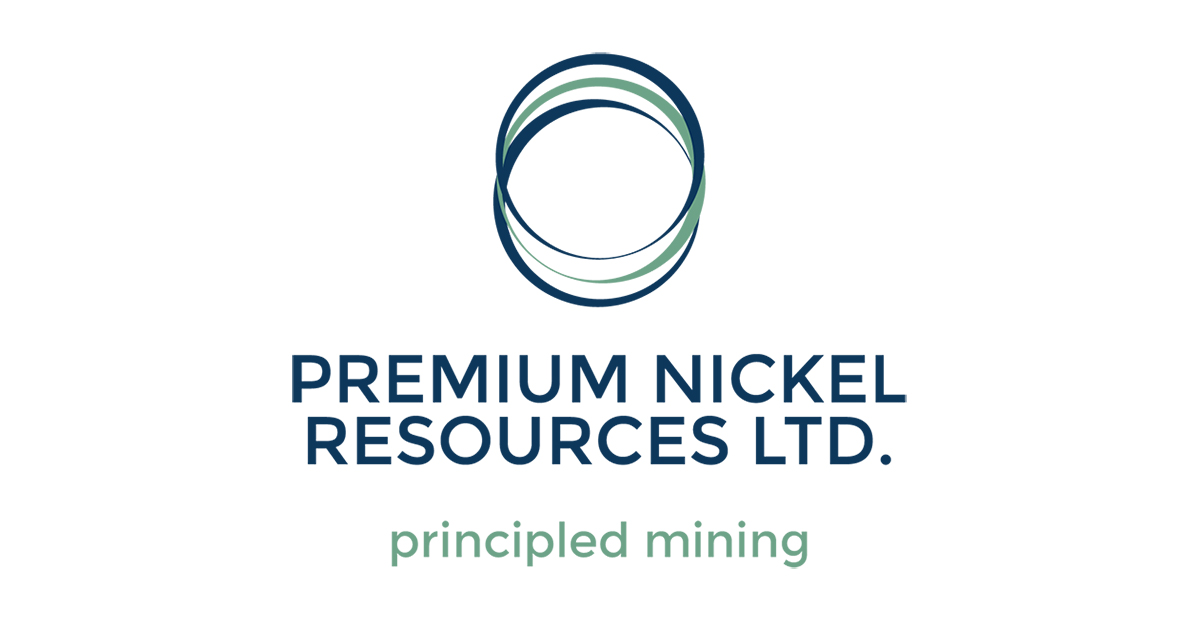Junior Explorecos & Debt
It's worth talking about why I'm writing this.
November 21, 2022 Premium Nickel Resource, in which I have a long position, announced a CAD$7m bridge loan.

The previous day $PNRL.V had closed at $1.95 / share. On the 21st they closed at $1.39 (-28%) having hit as low as $1.18 (-39%). As of Nov 25th they had recovered to $1.65 (-15%).
It's pretty clear that two things happened. Shareholders were angry and managment didn't expect shareholders to be angry.
Some reactions from Twitter:
Wtaf?
— Yellow Lab Life Capital (@YellowLabLife) November 21, 2022
A bridge loan? https://t.co/0Y6N2SuRTq
Sir, 6% cash on cash for ~1 qtr duration is not "support"
— Yellow Lab Life Capital (@YellowLabLife) November 21, 2022
FWIW I still like the asset & I still believe in Boris. But given the facts, it makes little sense to baghold this into financing within a few months as they got debt to pay with no cashflow...
— Emil B.tinkaren (@Edark94) November 21, 2022
Probably worth revisiting, who knows. But it sucks to sucks right now. pic.twitter.com/jNs80svzHY
Debt in exploration??? pic.twitter.com/U3SbaWFH99
— Sasknut33 (@Sasknut33) November 21, 2022
Pretty hard to trust the vision here now. Outrageous
— Michael Horner (@michaelbhorner) November 21, 2022
Also on PNRL...C$260k commitment fee on C$7MM principal for a 3-4 month loan AND 1 yr warrants AND 10% coupon?
— Yellow Lab Life Capital (@YellowLabLife) November 21, 2022
So ~3.75% commitment fee, 2.5% cash interest for 3 months...5.75% cash on cash with equity kicker upside on the warrants
Mark warrants at zero, that still expensive $$
Many of these reactions on Twitter were from experienced natural resource investors and many of those are also from investors in Premium Nickel.
My own tweet:
$PNRL.V Market -30% on ugly bridge loan. Loan itself doesn't destroy 30% of value (it is ugly no argument). So sellers see loan indicating management stupid or evil. I put in a filled bid today that management not stupid or evil.
— latinmines (@latinmines) November 21, 2022
After that tweet I later sold at higher prices and re-entered again later at a lower price.
Philosophy of Capital & Value Creation
On a fundamental level a business is about taking inputs mostly in the form of money and time. Then through hard work, ingenuity, luck, and skill the business tries to create something that has more value than the inputs. We often think of this as the present value of future cashflows, also known as Net Present Value, or NPV.
We can think of businesses as having a cost of capital and a return on capital, and the difference being a profit (or loss).
This is all fine and good for many companies. But it's pretty terrible for junior exploration or development companies because those future cashflows are way in the future and have a high degree of uncertainty.
What's even more terrible is that the cost of capital depends very much on where you are sitting.
Cost of Capital Zero or Infinite? Debt The Bad Case
Imagine a person we'll call "baggie" who gave a company we'll call "PumpCo" $100. For that $100 they get PumpCo's future profits. So far so good. This is basically a simplified version of the stock market where that interest in future profits can be traded to other people.
Then along comes another person, we'll call them "opportunist" and they offer to give $10 to the company, and what they want in return is for the company to give them baggie's share of the future profits. To the company in some abstract sense this is 0% cost of capital. To the baggie this is infinite cost of capital.
This is basically what happens in bankruptcy, the stock holders get nothing and the debt holders get the company. This is why it's important that management acts in shareholders interest. Because it is quite easy for management to take all the value from shareholders and give it to others.
Step 1: take on debt
Step 2: declare bankruptcy or other default that transfers company value to debtholders
Step 3: debtholders reward management with bonuses, future jobs at other companies, etc.
This is surprisingly common, if you've been an investor long enough you've encountered a situation where you thought managment made a deal that was bad for shareholders but good for management's friends or for their own pocketbooks.
Debt The Good Case
Of course, companies use debt all the time without their stock dropping 30% on the day. So what's the difference between good debt and bad debt? Good debt from the point of view of equity (stock) holders has two conditions:
- The cost of capital (interest and other features) is less than the return on capital
- There is expected cashflow to pay the debt back on time
If you can borrow money at 5% and invest it in equipment that will return 20% starting immediately that's something as an equity holder you'd ask the company to do all day long.
Equity (stock) holders get paid last (after debt holders) and if things go really wrong they get nothing and debt holders get something more than nothing. This is why over long enough time periods debt (bonds) have more stable but lower returns and equity (stock) has higher but more variable and risky returns.
Junior Resource Companies and Debt
Junior exploration and development companies generally have little or no revenue. So they fail the second test of taking on debt, they don't have cashflow to pay back the debt on time. So why do they do it? Let's break down some scenarios where a CEO/board might be acting in good faith taking on debt (we'll cover mine finance separately later).
Bad Market
Sometimes the market gets spooked and doesn't want to participate in buying new stock, even with discounts to market price and/or warrants. Or your project that is going well is trading -75% for no particular reason and selling enough stock to keep the business running would dilute your existing equity holders too much for you to somach. Whatever the case you think you will be able to raise money at better prices if you wait the market out.
The explicit bet here is that you can pay the debt back with money raised by issuing more stock in the future. Moreso that the market will go up by more than you will pay in interest and fees in the interim. This is almost always a bad bet.
First, when new investors in the future are looking to invest they will look at your whole enterprise value including debt, not just your market cap. Second, they will be rightfully worried about the debt being ahead of them and wiping them out. But mostly they will ask what you are going to do with the money, and the answer of we are going to do nothing with it is not a good one. Investors want to hear that if you give them $5 the company is going to go drill holes that are going to add $20 in resource value.
The best way to deal with a bad market is to let your existing shareholders participate in the equity raise, so they cost average down and their relative dilution is overcome by their new lower cost position.
Poor Planning
It's often the case that a company is planning to sell more stock to raise cash, but they ran out of cash before they could finish that. Sometimes it's totally their fault, like "Oh no, we didn't realize we were spending cash so fast." and sometimes there are delays from a regulator who requires them to update a prospectus they thought they wouldn't have to do, or update a 43-101 resource they thought they could still use the old one.
What I like to see in this case is for a major shareholder to lend the cash to the company. This loan should be unsecured, at below market interest rates, and the total amount of debt should be considerably smaller than the value of equity that would be wiped out if the loan was defaulted on.
Examples That Seem OK
These three cases seem to be insiders with large share ownership bridging the company with unsecured debt lent at below market interest rates. The bridge may be due a combination of poor planning and/or bad markets.
Aurania & Keith Barron
Here's a good example of the CEO of Aurania lending $1.18m to the company unsecured at 2% interest ahead of closing an already announced private placement. The CEO in this case had a lot of shares of Aurania at stake and his interest was aligned with shareholders.

Lumina & Ross Beaty
Ross Beaty lent Lumina C$10m, then increased it to C$15m at 10% interest.

The thinking here is probably that the stock price is down 50% on a bad general market and bad country developments. In another six months with a PFS, a better general market, and maybe an investment protection agreement with the country of Ecuador they can raise money at better prices.
It helps here that Ross Beaty is already the largest shareholder at 20+%. This makes it more reasonable that he might not be able to participate in private placments unrestricted. He also has a history of delivering value for shareholders and not taking advantage of his business partners.
Cabral & Alan Carter

Alan Carter is the CEO of Cabral, and has invested a lot of his own money into the company and is a large shareholder. He lent the company $1.5m at 10% interest, with the interest payable in shares. He then also bought $100k in shares in the best effort offering.
Full Disclosure
I have long position in Premium Nickel that I actively trade based on company updates and stock price movements.
I have previously had long positions in Cabral and Aurania.



